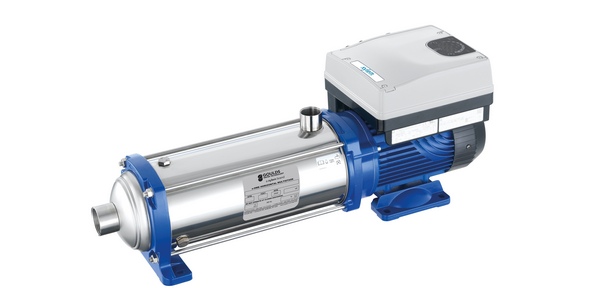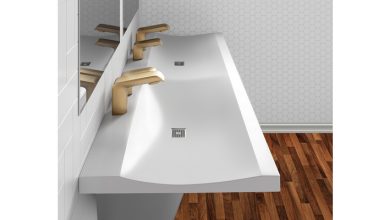
Picking up new tools before heading into a new season – whether it be heating season, or cooling season is about more than just having the fanciest gadget, the coolest wireless tech or even the sheer pride of knowing you have all the bells and whistles. Having the best possible equipment is about ensuring you’ve got the right tools for every job – to help make every service call run smoothly.
Essential tools usually include: a good screwdriver, a durable headlamp and powerful vacuum pumps. Newer tools include sophisticated software that gives a real-time view of an entire HVAC system. The following is an overview of the latest tools and technology available.
Let’s start with the simple stuff. Every bag should include the basics like pliers, hammers, wrenches, cutters and drills, as well as safety equipment to protect eyes, ears and more. These are things needed for every service call.
As far as tools specific to working with an A/C system during cooling season, a versatile and powerful vacuum pump is necessary, as well as a digital vacuum gauge. Together, these tools make the process of pulling a vacuum faster and much more accurate. Newer pumps allow the tech to change oil while the pump is still running without losing pressure.
A wireless refrigerant scale makes recharging a system easier, as well. Newer models are sturdy enough to handle large tanks and communicate wirelessly with a mobile device – giving a tech the ability to fully and accurately recharge a system, while performing other maintenance at the same time.
Be sure to pick up a new refrigerant leak detector. The latest technology has hyper-accurate sensors that sniff out small, hard-to-find leaks with ease (leaps and bounds better than soap bubbles).
To check airflow, new wireless psychrometers make the job go smoothly. By attaching one on each side of the evaporator, it’s easy to take measurements like Delta T and TESP. And, since they’re wireless, they stay in place during the service call and show in real-time how other adjustments improve system airflow and overall performance.
To check voltage coming from the street and in the system itself, a sturdy, safe clamp meter does the job nicely. They’ll alert a tech if there’s an electrical issue, and some newer models also show the system’s Kw/Hr usage. This can be a nice way of letting a homeowner know how much energy a service call is saving.
At the end of the day, it’s about being armed with the tools needed to work smarter, not harder; and to get jobs done faster — in order to achieve more in a day.
Tony Gonzalez, CSME, is technical training manager at Fieldpiece Instruments.
Image by vectorjuice on Freepik



